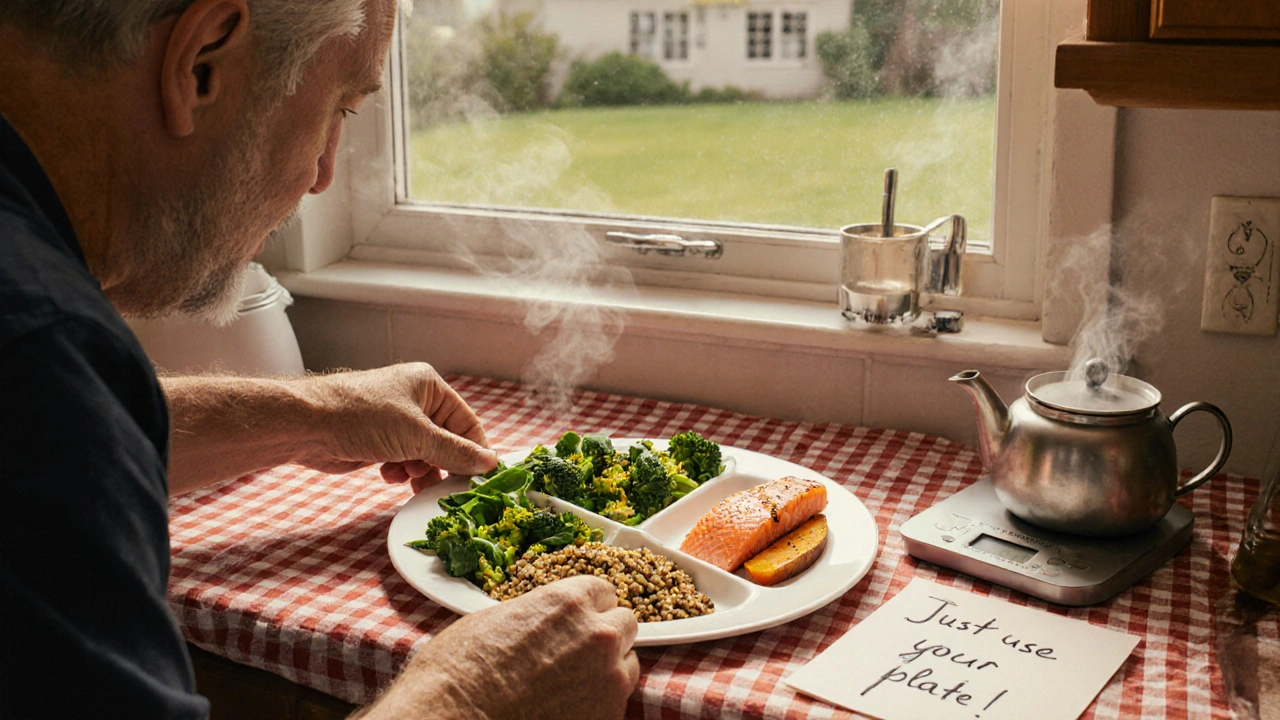Foods for Diabetes: What to Eat and What to Avoid
When you have diabetes, what you eat directly affects your blood sugar, the level of glucose in your bloodstream that insulin helps regulate. Also known as glucose levels, it’s not just about cutting sugar—it’s about choosing foods that keep your body stable throughout the day. Many people think they need to avoid all carbs, but that’s not true. The real issue is glycemic index, how quickly a food raises blood sugar after eating. Foods with a low glycemic index release sugar slowly, giving you steady energy instead of spikes and crashes. That’s why whole grains, legumes, and non-starchy vegetables are your allies.
On the flip side, foods like white bread, sugary cereals, and sweetened drinks can cause dangerous spikes. Even some "healthy" options like fruit juice or dried fruit pack a lot of sugar in a small amount. You don’t have to give them up entirely, but portion control matters. Fiber, a type of carbohydrate your body can’t digest, but that slows sugar absorption is one of the most powerful tools you have. Beans, lentils, broccoli, and chia seeds are packed with it. Pairing carbs with protein or healthy fats—like nuts, avocado, or grilled chicken—also helps slow digestion and keeps blood sugar from shooting up.
What you drink matters just as much as what you eat. Water, unsweetened tea, and black coffee won’t raise your numbers. Sugary sodas, energy drinks, and even flavored yogurts can sneak in grams of sugar you didn’t expect. And while artificial sweeteners are common, some studies suggest they might still affect how your body responds to real sugar over time. Stick to simple, whole foods as much as possible.
You’ll find posts here that break down exactly which meals work, how to read labels without getting confused, and what snacks keep you full without spiking glucose. Some cover how certain foods interact with medications, others show real meal plans that people actually use. There’s no magic bullet, but there are clear, science-backed choices that make managing diabetes easier—and less stressful. These aren’t theoretical tips. They’re what people are using right now to feel better, have more energy, and avoid complications.

Diabetic Meal Planning: What to Eat and What to Avoid for Better Blood Sugar Control
Learn how to plan meals for diabetes using the simple plate method. Discover which foods lower blood sugar, which to avoid, and how portion control helps without counting carbs.
view more